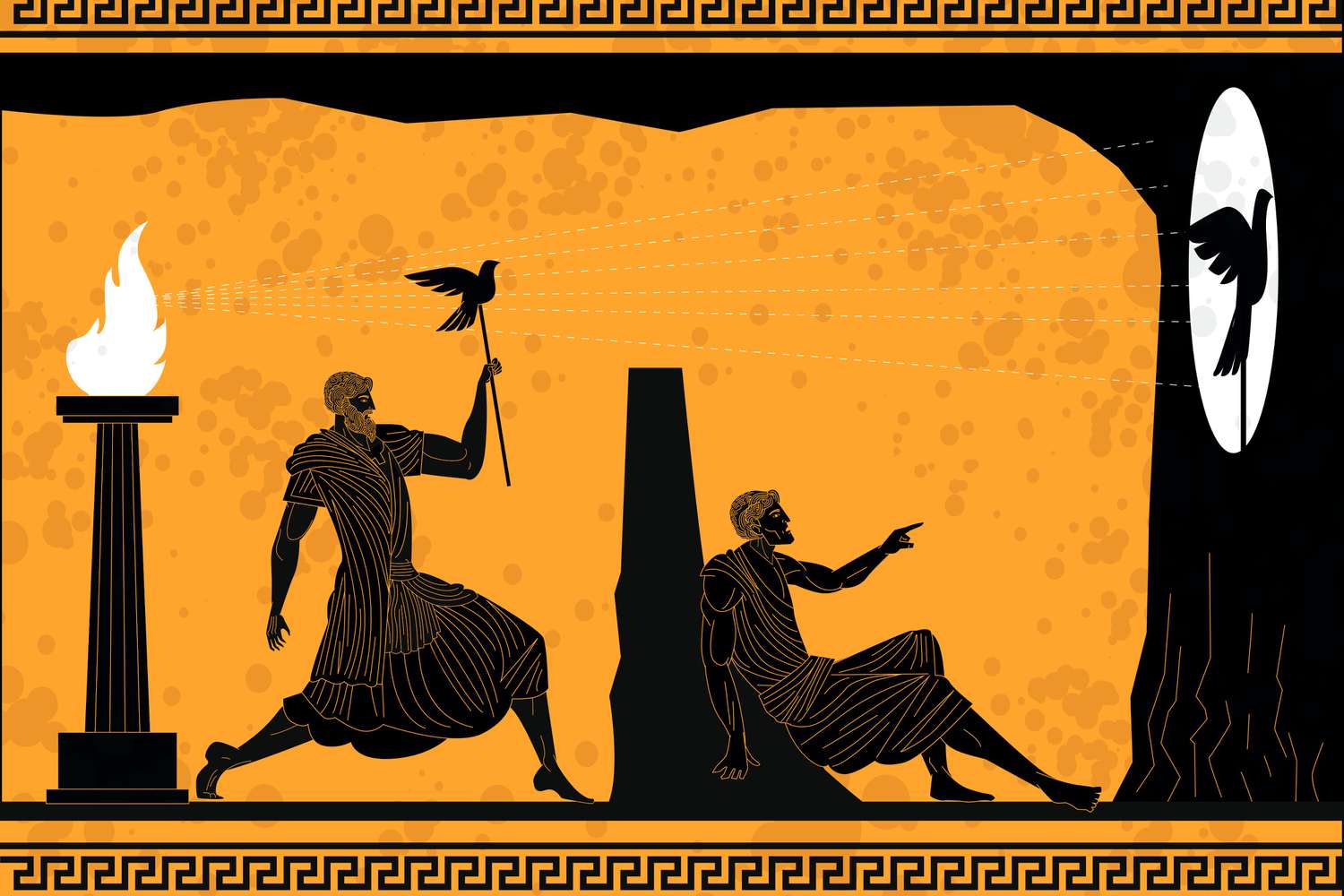Gabriel Orphiano
2023-07-20
Plato's Allegory of the Cave
In every way, then, such prisoners would recognize as reality nothing but the shadows of those artificial objects.

Plato's Allegory of the Cave is a thought-provoking and enlightening lesson that I initially overlooked in high school. However, upon exploring the story more deeply, I found it to be intriguing and profound.
The allegory portrays a prisoner who is freed from the cave and compelled to explore the outside world. Initially blinded by the sunlight, the freed prisoner gradually adjusts and discovers the true source of the shadows—the objects themselves. This sunlight represents the realm of ultimate reality, Plato's concept of Forms or Ideas that exist independently of the physical world. These Forms represent the purest and most authentic representation of reality.
Plato suggests that education and philosophical enlightenment are crucial in dispelling ignorance and perceiving the truth. The freed prisoner symbolizes the philosopher who seeks knowledge, breaking free from the chains of conventional wisdom and delusions.
Returning to the cave to enlighten fellow prisoners, the freed prisoner faces resistance, disbelief, and mockery from those comfortable in their limited reality. This highlights the challenge of sharing knowledge and awakening others to a higher truth. Genuine education requires patience, perseverance, and effective communication to overcome initial rejection or misunderstanding.
The Allegory of the Cave serves as a metaphor for the human condition, our perception of reality, and the transformative power of education and philosophy. It emphasizes the importance of seeking knowledge beyond preconceived notions, questioning assumptions, and striving for a deeper understanding of the world. By embracing the allegory's lessons, we can strive for enlightenment, escape ignorance, and gain a profound comprehension of reality and our place within it.